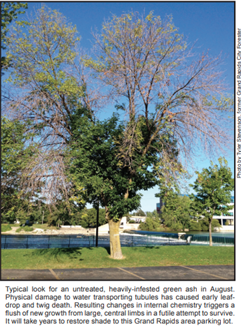
Joe McElroy of Naperville knows that city planners do their best based on what they know at the time. You think that this or that regulation or setback will work but since it’s not built yet, there’s an element of the unknown.
One nice thing about being involved in city planning for many years is getting to see “How things turned out.” In other words, were our land use recommendations right or wrong?
Recently I revisited one of my mistakes — the drive-through at the Popeye’s Chicken along Route 59 outside Fox Valley Mall. Years after the store opened, the mall developer requested a variance for a drive-through lane. As Aurora’s deputy planning director, I recommended approval even though the turn is much too narrow, as you might be able to tell from this photo.
Since this happened more than 30 years ago, I don’t remember how we got talked into this, but there you have it. Please don’t avoid this place–gotta love their chicken sandwiches–but if you have a large car, it would be best to simply park and walk in. Sorry about that.








